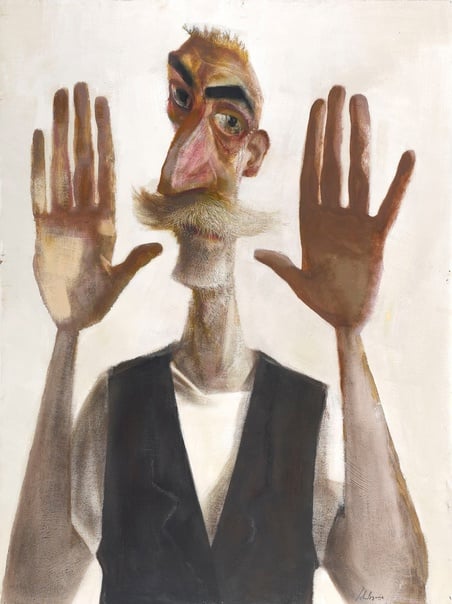In this paper we argue that the LNF represents a return to the depiction of large naturalistic animal figures, following at least several millennia of rock art dominated by highly decorated anthropomorphic figures.
This change in graphic repertoire is interpreted as a paradigmatic change in how people perceive their landscape and interpreted it through art.
We argue that this renewed emphasis on animals is most adequately understood as an expression of kinship, where animals and humans share a common origin. Rock art sites are where this kinship was expressed and emplaced.
You must log in or register to comment.

